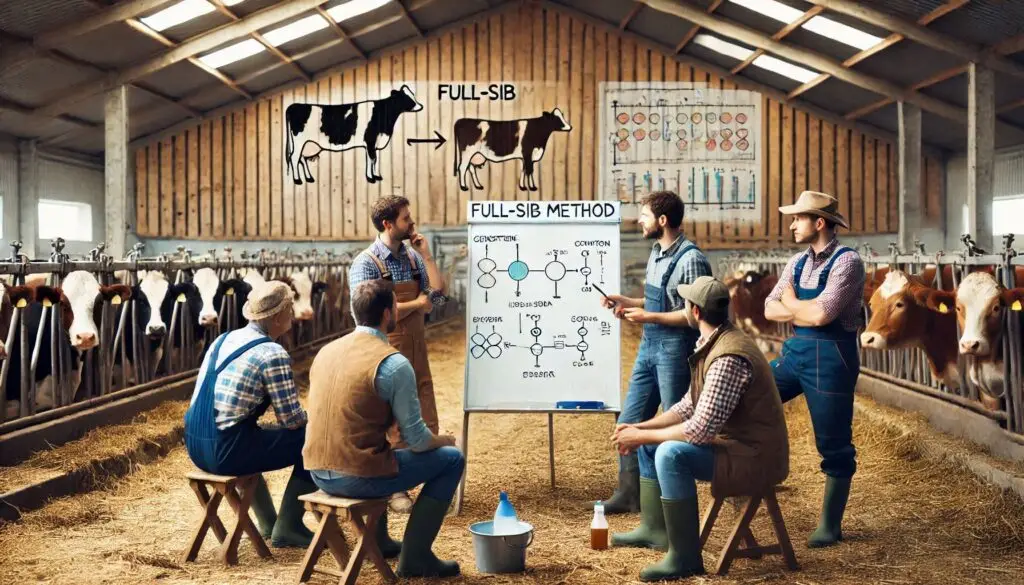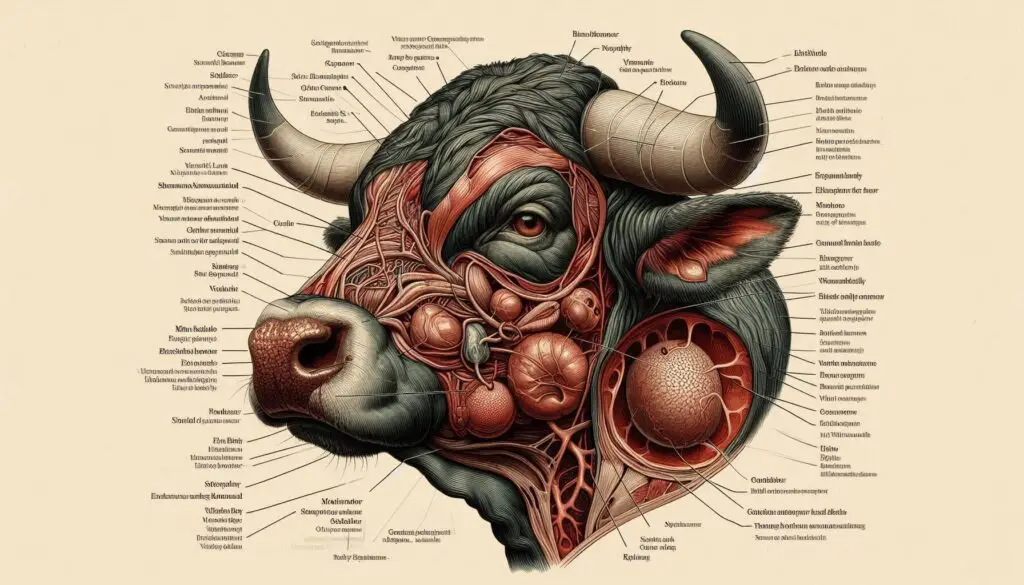Dehydration in Ruminants

Introduction: The Importance of Hydration in Ruminants
Dehydration is a common and serious issue that affects ruminants, such as cows, sheep, and goats. When an animal loses more fluids than it can replace, the body’s balance is disrupted, leading to dehydration. It can range from mild to severe and, if untreated, can cause death.
Dehydration in ruminants can occur due to a variety of factors, including illness, extreme weather, or insufficient water intake. This article will explore the different types of dehydration, symptoms, and treatments specifically for ruminants, and how you can effectively manage this condition in farm settings.
For detailed guidelines on the general care of ruminants, visit the National Animal Health and Monitoring System.
Types of Dehydration in Ruminants
Ruminants are particularly susceptible to dehydration due to their complex digestive systems. Understanding the different types of dehydration is essential for appropriate treatment.
Isotonic Dehydration
Isotonic dehydration occurs when both water and sodium are lost in equal proportions. It typically results from illnesses like simple enteritis, excessive sweating, or conditions such as nephrosis. This type of dehydration usually leads to mild symptoms.
In cases of isotonic dehydration, it is important to restore the balance of fluids quickly. For more information on treatment, refer to this research article on isotonic dehydration in ruminants.
Hypotonic Dehydration
Hypotonic dehydration is characterized by the loss of more sodium than water, which can cause severe dehydration. This type is commonly seen in ruminants suffering from conditions like acute calf diarrhea. It’s critical to address this issue promptly to avoid life-threatening situations.
For further reading on hypotonic dehydration and its impact on livestock health, visit this link on electrolytes in livestock.
Hypertonic Dehydration
In hypertonic dehydration, there is a significant loss of water while sodium levels remain relatively intact. This condition often occurs when ruminants are unable to drink water due to physical obstructions like esophageal blockage. Although less common, this type of dehydration can be dangerous if not managed promptly.
For more details on hypertonic dehydration, refer to this study on dehydration in cattle.
Symptoms of Dehydration in Ruminants
Recognizing the symptoms of dehydration early is key to preventing severe health issues. The following signs should alert you to the possibility of dehydration in your ruminants:
- Loss of skin and coat elasticity: When you pinch the skin of a dehydrated ruminant, it may remain tented or slowly return to its normal position.
- Sunken eyeballs: Dehydration causes the eyes to appear sunken and dull.
- Dry mucous membranes: The mouth and nose will feel dry and sticky.
- Muscle twitching: This may occur due to electrolyte imbalances.
Severe dehydration (40% loss of body fluids) can lead to organ failure and death. For a deeper understanding of dehydration symptoms in livestock, consult the World Health Organization on animal dehydration.
Treatment for Dehydration in Ruminants
The approach to treating dehydration depends on the type and severity of the condition. Each type of dehydration requires a different treatment strategy to effectively restore the animal’s hydration levels.
Restoring Fluid Balance for Isotonic Dehydration
In cases of isotonic dehydration, you should replace lost fluids and electrolytes. Use solutions like normal saline or Ringer’s lactate to restore extracellular fluid (E.C.F.).
A common practice is to administer 0.45% NaCl or 5% glucose in water. This ensures the animal’s fluid and electrolyte balance is restored gradually.
For more detailed treatment protocols, refer to this guideline on isotonic fluid replacement in livestock.
Treatment for Hypotonic Dehydration
Hypotonic dehydration requires replacing lost sodium levels in addition to water.
- Minor deficiency: Adding salt to water or food will help restore sodium balance.
- Moderate deficiency: In more severe cases, 0.9% sodium chloride should be administered parenterally (via injection or IV).
- Marked deficiency: For rapid restoration of sodium levels, use 5% sodium chloride solutions.
For further recommendations on treating hypotonic dehydration, check out this research paper on electrolyte management.
Hypertonic Dehydration Treatment
Treatment for hypertonic dehydration involves rehydrating with water and fluids. The use of 5% glucose solutions through IV fluids can help manage this type of dehydration. After the initial glucose infusion, a combination of saline or Ringer’s solution should follow, especially in cases involving vomiting or coma.
Correcting water deficiencies with 5% glucose solution, electrolytes, and Vitamin B-complex will help recover the animal’s health. For additional guidance, consult this article on managing dehydration in ruminants.
Preventing Dehydration in Ruminants
Prevention is always better than cure. To reduce the risk of dehydration in your ruminants, follow these tips:
- Ensure constant access to clean, fresh water.
- Provide electrolyte solutions during hot weather or after illness.
- Regularly monitor for signs of dehydration, especially during the calving season or when animals are under stress.
- Adjust feeding to ensure adequate fluid intake, particularly during periods of high heat or illness.
For more information on preventing dehydration, visit this veterinary care website.
Conclusion:
Dehydration in ruminants can quickly become a life-threatening issue if not addressed promptly. Understanding the different types of dehydration, recognizing symptoms, and applying the appropriate treatments are essential to ensure the health and wellbeing of your animals.
More From Animal Diseases:
Equine Myoglobinuria






Responses